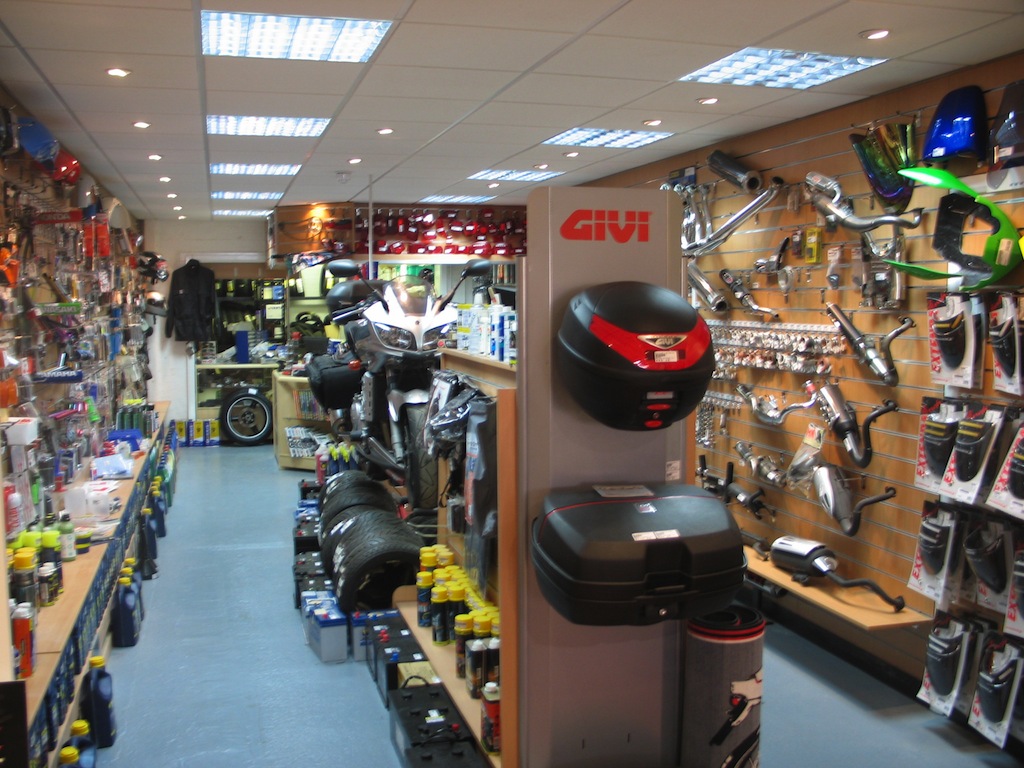Check Out the Latest Motocross Gear NZ for every single Level of Rider
Check Out the Latest Motocross Gear NZ for every single Level of Rider
Blog Article
Comprehending the Vital Parts of a Motorbike: A Comprehensive Overview for Lovers
For bike enthusiasts looking to elevate their riding experience and guarantee their bikes run smoothly, comprehending the vital elements of a bike is vital. Each aspect, from the engine's detailed functions to the important function of the stopping mechanisms, not only impacts efficiency yet additionally safety and security and comfort.
Engine Elements

The camshaft plays a critical function in regulating the timing of the engine's shutoffs, making sure the precise opening and closing essential for efficient fuel and air consumption, as well as exhaust expulsion. This timing is essential to preserving optimal engine performance and efficiency. Furthermore, the carburetor or fuel shot system, depending upon the bike model, is accountable for mixing air with gas in the appropriate proportion for burning.
The cooling system, either air or liquid-based, works to keep the engine's temperature within functional restrictions, protecting against overheating and making sure long life - motorbike shop. Each part, diligently developed and integrated, adds to the seamless procedure of the engine, specifying the motorcycle's power output and total performance
Transmission System
Essential to the motorbike's performance, the transmission system makes sure reliable power transfer from the engine to the wheels. This system comprises several crucial parts, consisting of the clutch, transmission, and final drive, each playing a vital duty in translating the engine's power right into movement. The clutch, normally run by a hand bar, offers to disengage the engine and engage from the transmission, enabling for smooth gear changes and controlled velocity.
The transmission, usually referred to as the transmission appropriate, contains a set of equipments that cyclists can by hand shift with to adjust the bike's speed and torque result. These equipments are arranged in a series that makes it possible for the bike to speed up smoothly and maintain optimum engine efficiency throughout various rates. A lot of motorbikes make use of a sequential gearbox, calling for the cyclist to move gears in an established order.
Braking Devices
While comprehending the transmission system is essential to taking advantage of a motorbike's power, equally important is the capability to manage and stop that power properly, which is where stopping devices enter into play. Brakes are critical for security and performance, providing the cyclist with the required control to navigate numerous surfaces and conditions. Generally, motorbikes feature 2 types of stopping systems: disc brakes and drum brakes.
Disc brakes are a lot more widespread in modern-day motorbikes due to their superior performance. They include a brake disc, caliper, and pads. When turned on, the caliper presses the brake pads versus the spinning disc, converting kinetic power into warmth, thereby reducing the wheel. This system provides far better heat dissipation, constant performance, and improved quiting power, especially in damp conditions.
Alternatively, drum brakes, though less common, are still located in some bikes. They work by pressing brake shoes against the internal surface area of a drum connected to the wheel. While normally much less efficient in warm dissipation and quiting power, drum brakes are less complex and a lot more affordable.
Comprehending these stopping systems' subtleties permits riders to preserve their motorbikes appropriately and value the design that ensures effective and secure stopping.
Suspension and Steering
Suspension and steering systems are important parts that considerably affect a bike's handling and Get the facts experience comfort. The suspension system, containing forks at the front and shock absorbers at the back, soaks up road abnormalities, improving stability and control. Front forks, upside down or commonly telescopic, compress and rebound to mitigate impacts, while rear shock absorbers maintain tire contact with the road, essential for traction and safety.
Guiding, centered around the handlebars, links the biker to the motorcycle's directional control. The steering head bearings guarantee smooth operation, allowing precise ability to move. Correct placement and maintenance more helpful hints of these bearings are vital for foreseeable guiding response and decreasing rider exhaustion.
The suspension's adjustability is an additional critical facet; preload, damping, and rebound setups allow customization to suit numerous riding problems and designs. This versatility is important for enhancing performance, whether navigating metropolitan roads or taking on sturdy routes. Advancements like electronic shock absorber offer real-time modifications, enhancing adventure high quality throughout diverse terrains.

Electric Systems
After making certain a controlled and smooth adventure through reliable suspension and steering systems, focus turns to the electric systems, a pivotal element of modern-day motorbikes. These systems play an essential duty not only in starting the engine but additionally in powering various elements that boost the functionality and safety and security of the motorcycle.
At the heart of a motorbike's electric system is the battery, which shops electric energy needed for beginning the engine and powering auxiliary systems - motox parts nz. The generator or generator, paired with the rectifier-regulator, ensures the battery stays charged while the bike is in operation, converting mechanical power into electric power and maintaining check it out voltage levels
The ignition system, one more important part, is accountable for igniting the air-fuel combination in the engine's cyndrical tubes. Modern bikes usually utilize an electronic ignition system, supplying greater efficiency and reliability compared to typical systems.
Lights systems, including headlights, tail lights, and indicators, are also crucial, making certain visibility and safety and security for the cyclist. Additional electronic parts such as sensing units, control devices, and displays add to advanced attributes like gas injection management, anti-lock stopping systems (ABDOMINAL), and digital control panels, additionally enhancing the riding experience.
Final Thought
A detailed understanding of a motorbike's crucial elements, consisting of the engine, transmission system, stopping mechanisms, suspension, guiding, and electrical systems, is indispensable for enthusiasts aiming to enhance security, comfort, and performance. Mastery of these elements allows for informed choices concerning upkeep and upgrades, ultimately improving the riding experience. By incorporating this understanding, bikers can ensure their bikes operate at peak efficiency and integrity, consequently optimizing both pleasure and longevity of their automobiles.
For motorbike fanatics looking to boost their riding experience and ensure their bikes run smoothly, comprehending the vital components of a motorbike is critical.Important to the motorbike's functionality, the transmission system ensures reliable power transfer from the engine to the wheels.While comprehending the transmission system is vital to using a bike's power, equally essential is the capacity to control and quit that power effectively, which is where stopping mechanisms come right into play. Usually, motorcycles feature 2 types of braking systems: disc brakes and drum brakes.
A complete understanding of a bike's vital components, including the engine, transmission system, braking devices, suspension, guiding, and electric systems, is vital for lovers intending to maximize safety and security, performance, and comfort.
Report this page